One of Britain’s best storage and scrapping airports is St Athan in South Wales.
St Athan was formerly a Royal Air Force base, and in recent years has officially become a civilian airport under MOD control. It has no airline service or infrastructure.
The airport is actually located only a couple of miles from Cardiff Airport, and you can see one from the other.
Scrapping and Storing Airliners
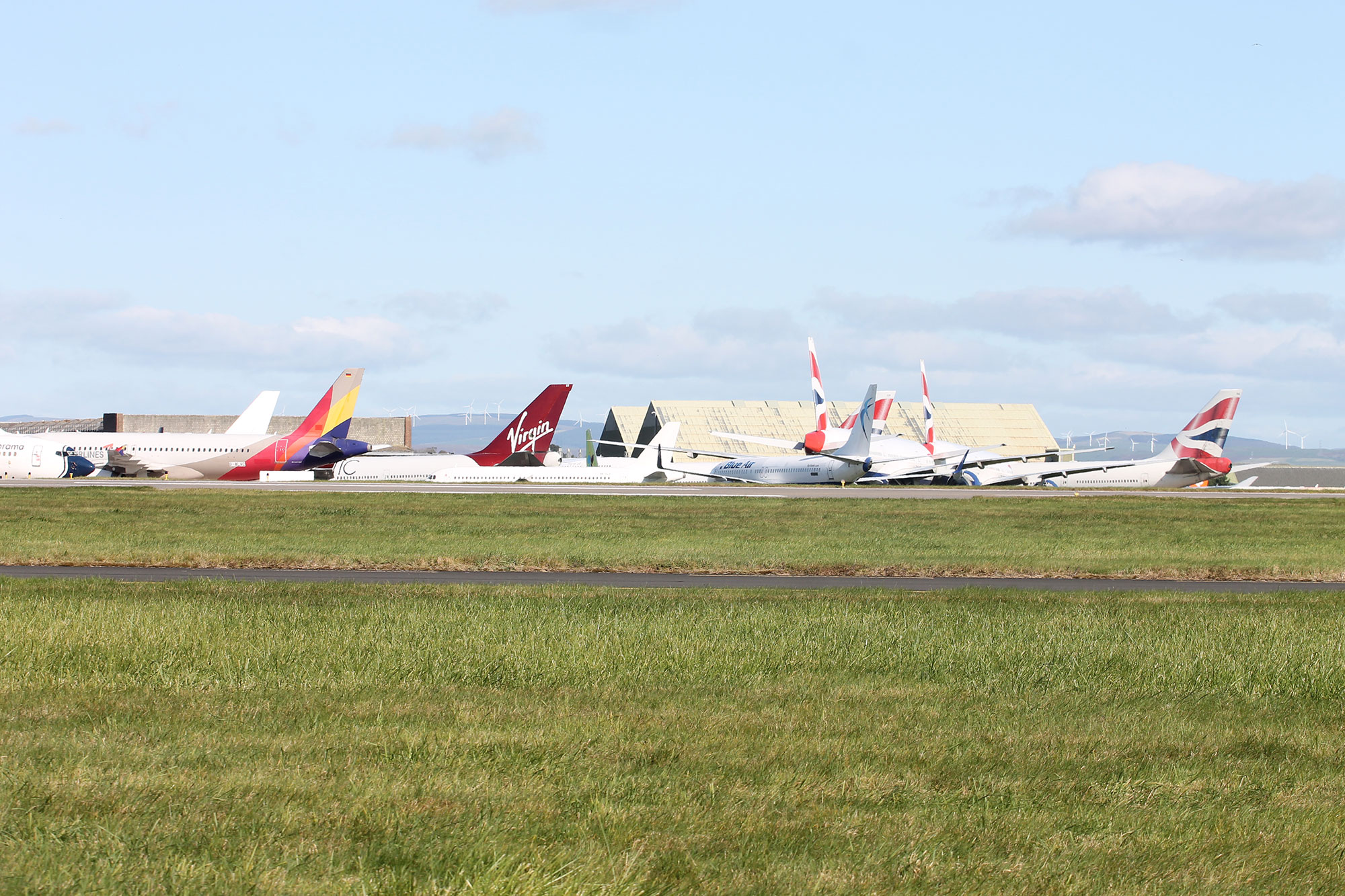
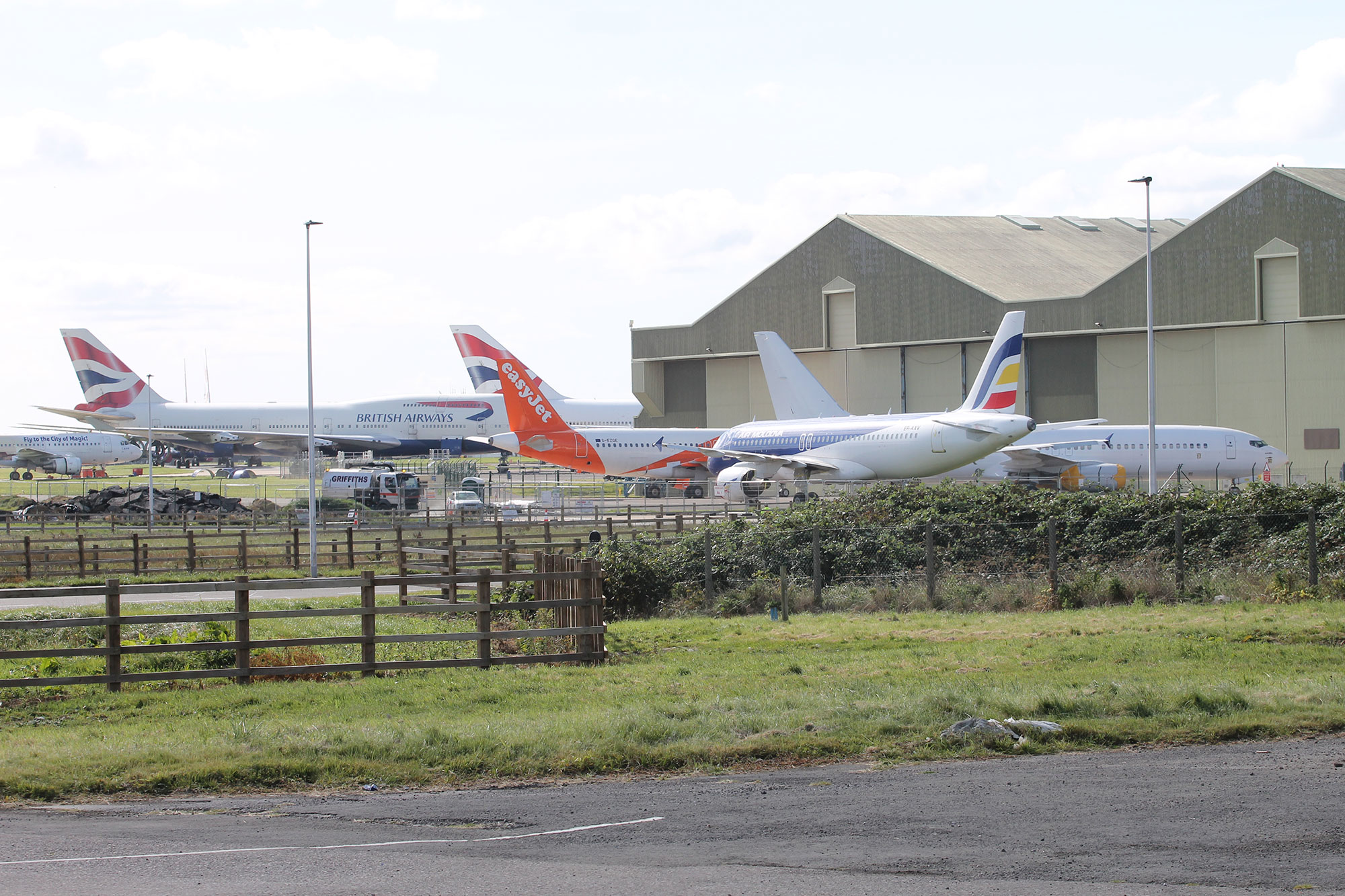
The main business at St Athan these days is in dealing with the end of life of airliners – a business which has boomed since the Covid-19 outbreak.
On site, a company called eCube Solutions occupies various hangars and aprons on the northern side of the airport. They recycle engines and parts from airliners, and eventually most are scrapped in a compound, being reduced to aluminium.
Airliners ending their life here range from Airbus A320 and Boeing 737 family right up to Boeing 747s, and everything in between.
Many will arrive and be parked outside for a while (sometimes months), before being towed to the scrapping compound.
Horizon Hangar
St Athan is also home to a company called Horizon Aircraft Services which occupy a hangar on the south side of the airport. Their work involves maintenance on smaller aircraft, plus military and historic aircraft.
As a result, you’ll often see some interesting types parked outside their hangar.
General aviation aircraft also operate from this area.
St Athan Airfield Layout
St Athan has a single active runway, 07/25.
Most of the hangars and storage aprons are on the north side of the runway. Horizon Aircraft Services and their hangar are located on the south side of the runway, as well as some aircraft testing pans.
Where to Spot at St Athan
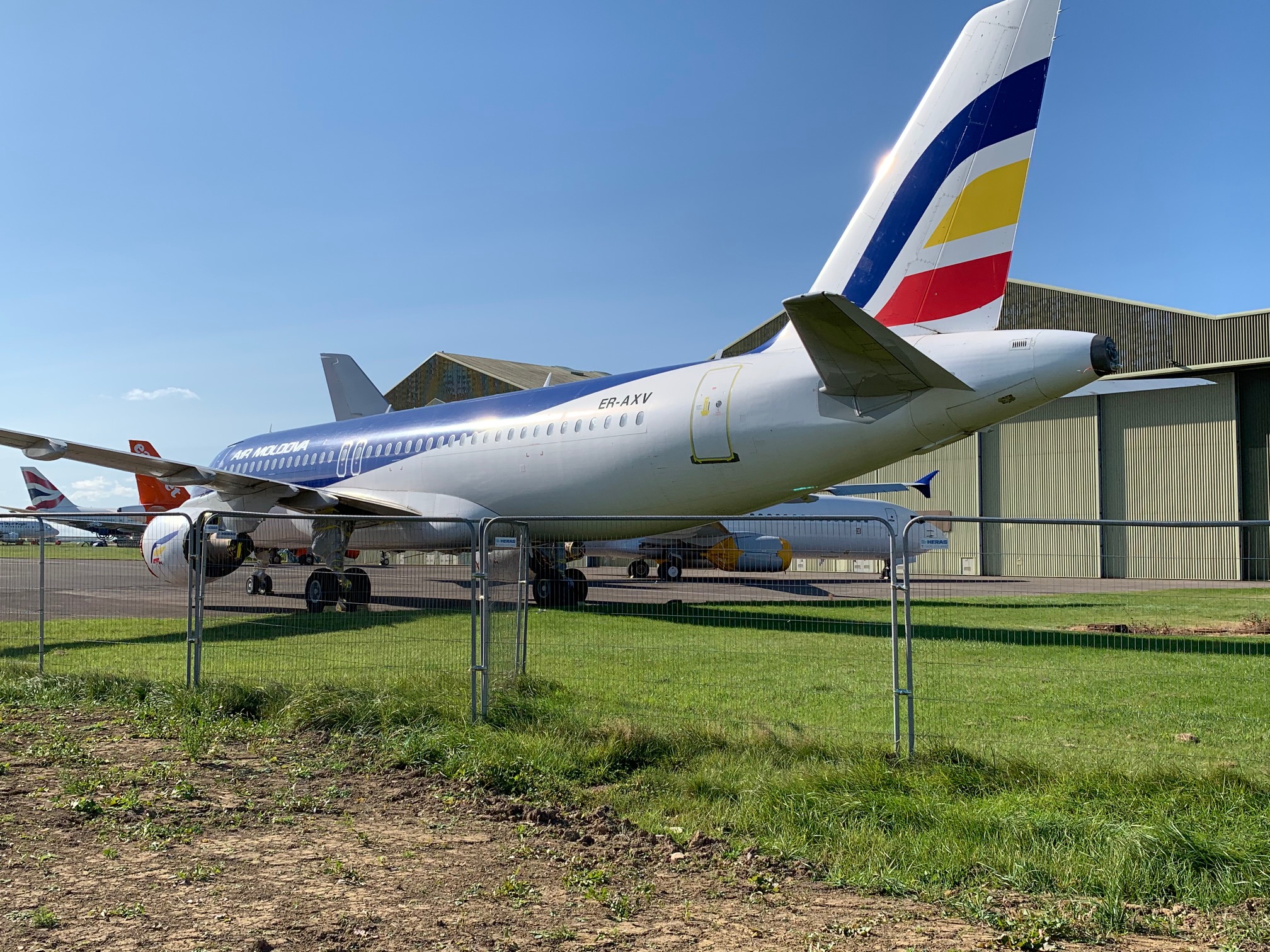
If you’re visiting St Athan Airfield to spot the residents, there are two main areas to concentrate on.
Remember not to block roads or crash gates when visiting any of these areas, and to comply with local police and security rules.
Head to the village of St Athan, and from its centre drive west along Llantwit Road. This will first come to the gate outside the Horizon hangar (with a BAC Jet Provost gate guardian).
Through the fence you’ll see any aircraft parked outside the hangar.
Continue a little further and you’ll come to a crash gate where the road turns. There is space here to park, and you’ll be able to see across to the main airliner parking aprons on the north side.
Off to the right, you may also see some of the tails of aircraft parked off on other aprons.
From this spot drive back to St Athan, or take the small lane heading south over the railway bridge, to the B4265. Drive west and follow the road until you come to the traffic lights. Turn right and follow the road until you see aircraft on your right.
It’s difficult to park here, so turn left towards the South Wales Aviation Museum, where you can park up by the side of the road and either read off aircraft from a distance, or walk back towards the fence.
You also have distant views of the scrapping compound which usually has a selection of fuselages and cockpit sections.
A useful resource for tying up the aircraft you see, especially when they are in parts, is the South Wales Aviation Group’s website, which keeps up-to-date on the latest arrivals at St Athan, and the condition of existing airframes.
Get the Guide Book
Our updated guide to spotting at airports and airfields across the United Kingdom and Ireland.
Get the Book
South Wales Aviation Museum

Just to the north of St Athan Airport is the South Wales Aviation Museum. This is a collection of both civil and military aircraft from the collection of Gary Spoors which occupies a display hangar, as well as some outside areas.
The museum is open on Saturday, Sunday and public holidays from 10am to 4pm, with an entrance fee. Check its website at https://www.swam.online/

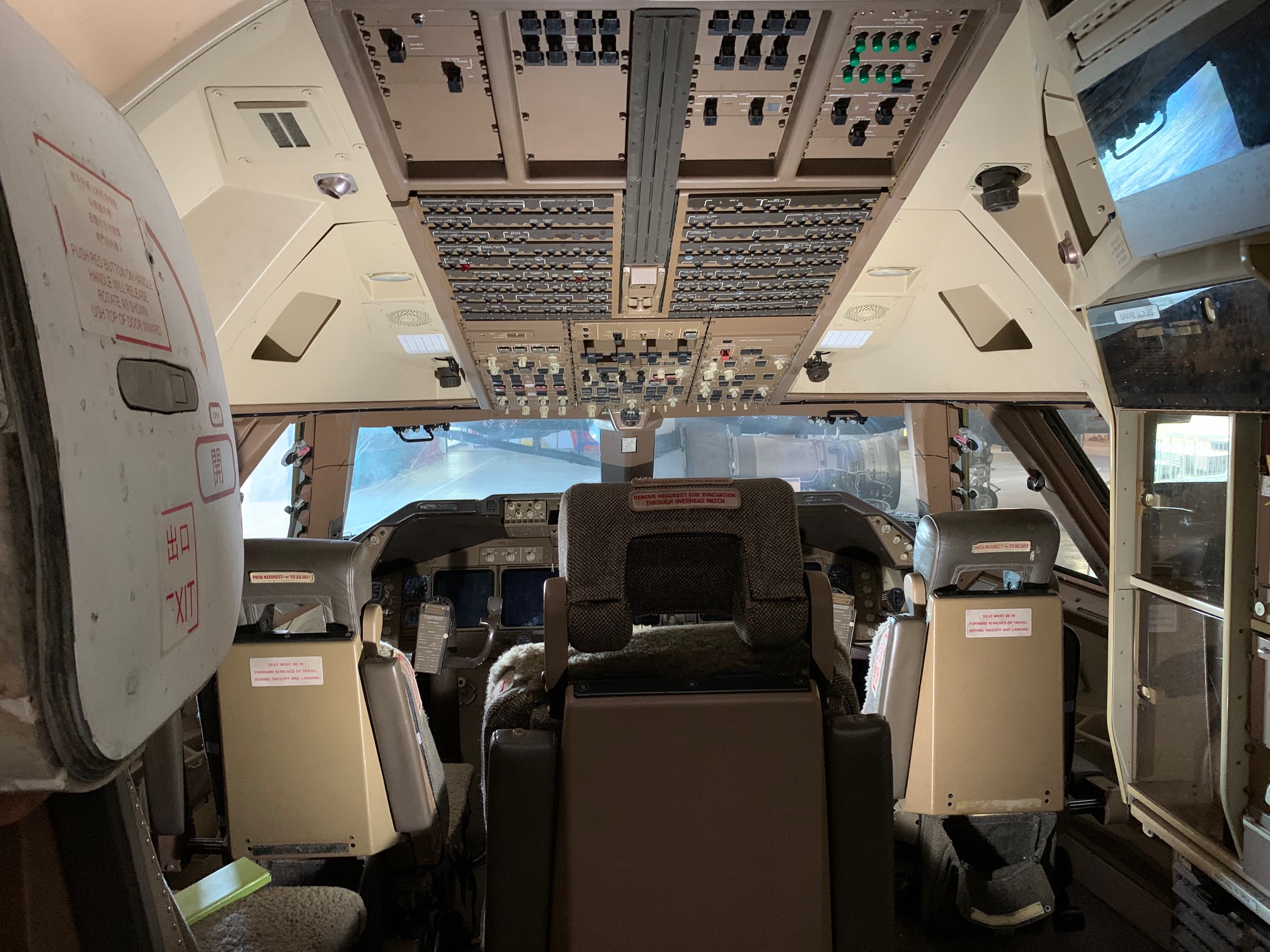
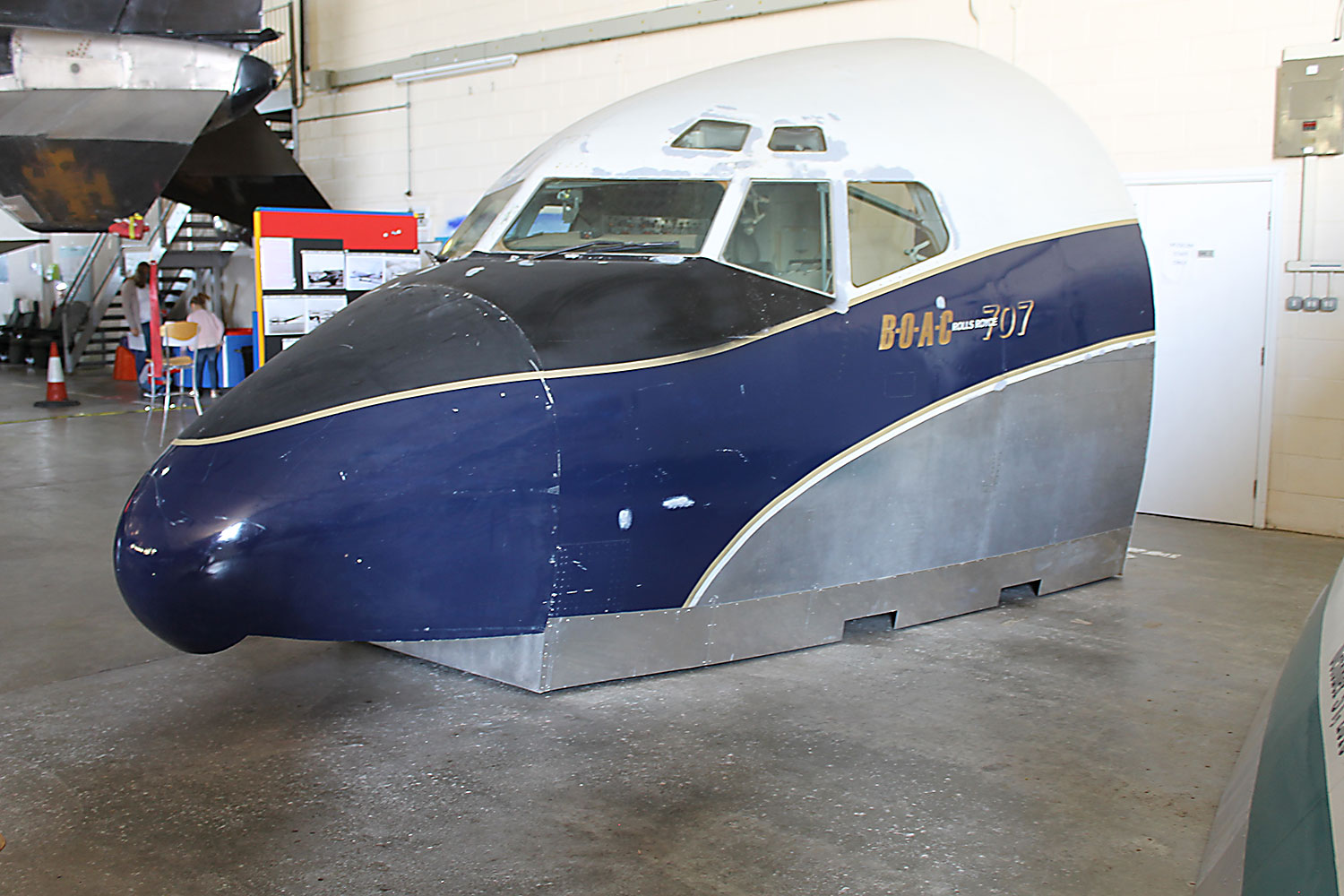

Boeing 737-400 cabin at South Wales Aircraft Museum.
Civilian aircraft on display include the forward fuselage of a Boeing 737-400, the cockpit of Boeing 707 G-APFG, Boeing 747-400 B-HUI and Airbus A300 A7-ABX. A British Aerospace Jetstream 31 is also preserved outside the hangar.

Military aircraft include a Hawker Hunter, Panavia Tornado, Sea King helicopter, Fairey Gannet, BAC Jet Provost, Phantom, DH104 Devon, Folland Gnat and Percival Sea Prince.
Museum Compound
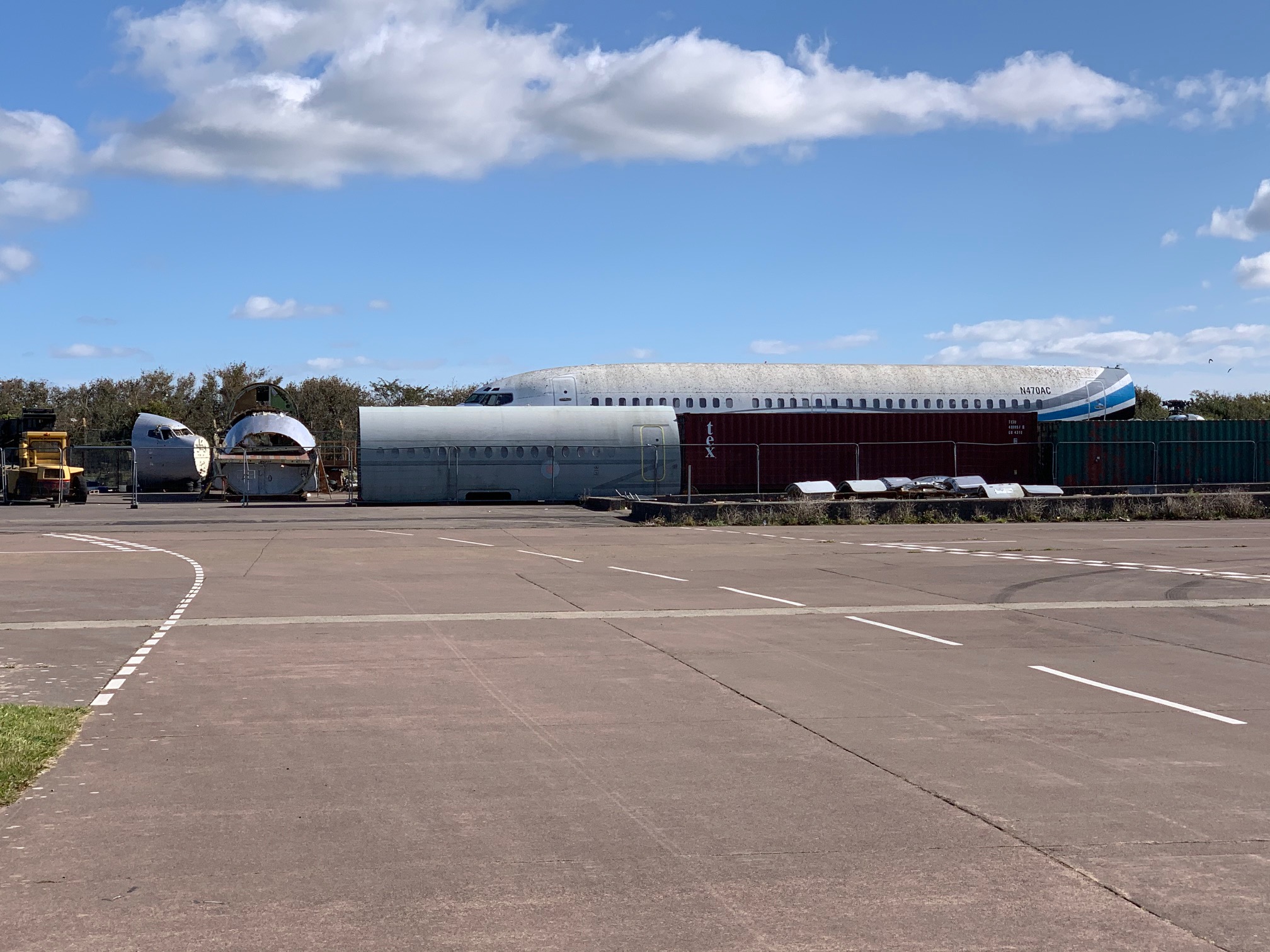
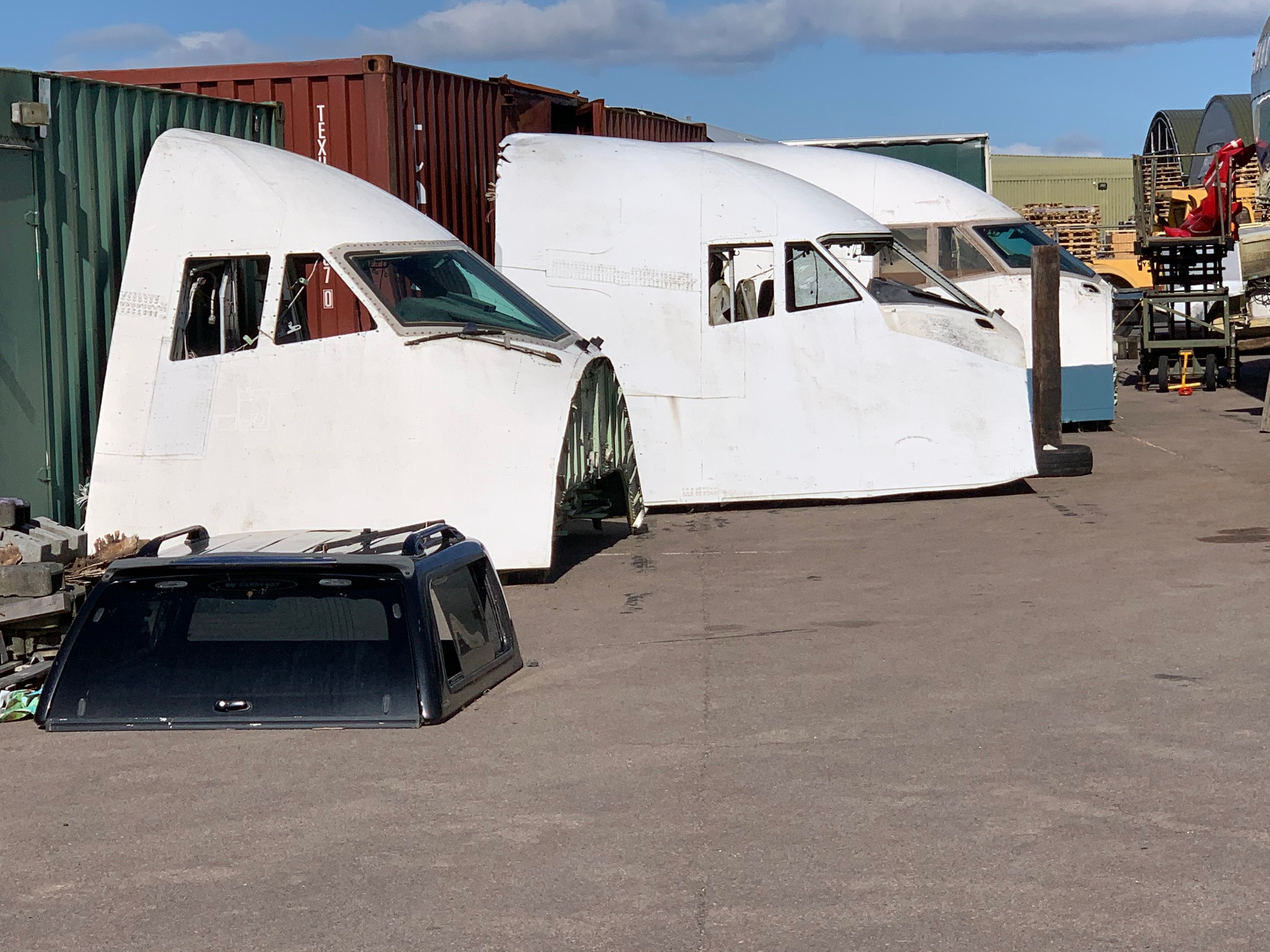
Don’t leave the museum without checking out the compound behind. You can reach it by walking behind the museum hangar.
Here there is usually a collection of other aircraft from the collection undergoing parting out or storage.
On my visit this includes three Boeing 737-300 fuselages, a Trident 2E cockpit, a Fairey Gannet, a Vickers VC10 fuselage section, plus three Boeing 747 cockpits.






4 comments
Great read and info for this airport. Very timely also, with the rumor of BOAC livery coming here to be preserved.
[…] BOAC retro livery aircraft, G-BYGC, which is currently parked at Cardiff Airport, is to be flown to St Athan only a few miles away, where it will be […]
http://www.southwalesaviationgroup.co.uk/p/south-wales-aviation-museum.html
The B737-406 is N858WL.
[…] retro livery aircraft, G-BYGC, which is currently parked at Cardiff Airport, is to be flown to St Athan only a few miles away, where it will be […]